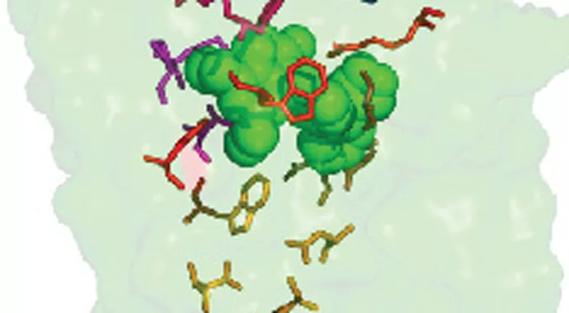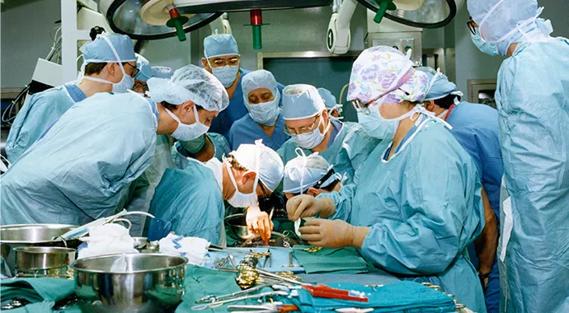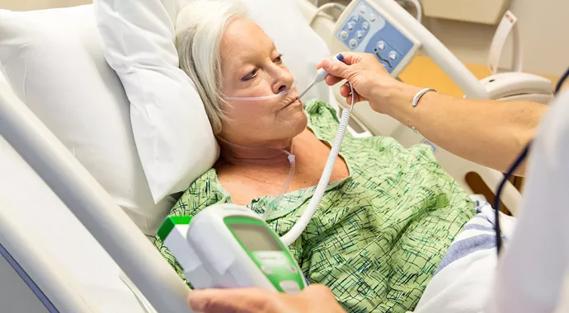Advertisement

Women most likely to move past hesitancy upon advice by their doctors

Substantial increase in outpatient virtual visits in 2019

How we are empowering caregivers

Not all physician burnout is the same
Advertisement
Cleveland Clinic is a non-profit academic medical center. Advertising on our site helps support our mission. We do not endorse non-Cleveland Clinic products or services. Policy

Key Takeaways from Day 3 at 2016 Event in Cleveland

Researchers Identify Gene Variants Linked to Cowden Syndrome, Some Thyroid Cancers

High-tech laser reveals receptor’s selectivity, complexity

Reflections on my best career “mistake”

Work could lead to quicker relief, better outcomes

Learn how Cleveland Clinic undertook a remarkable transformation to improve patient experience. A powerful new book not only tells how it was done, but offers a step-by-step blueprint.
Advertisement
Advertisement